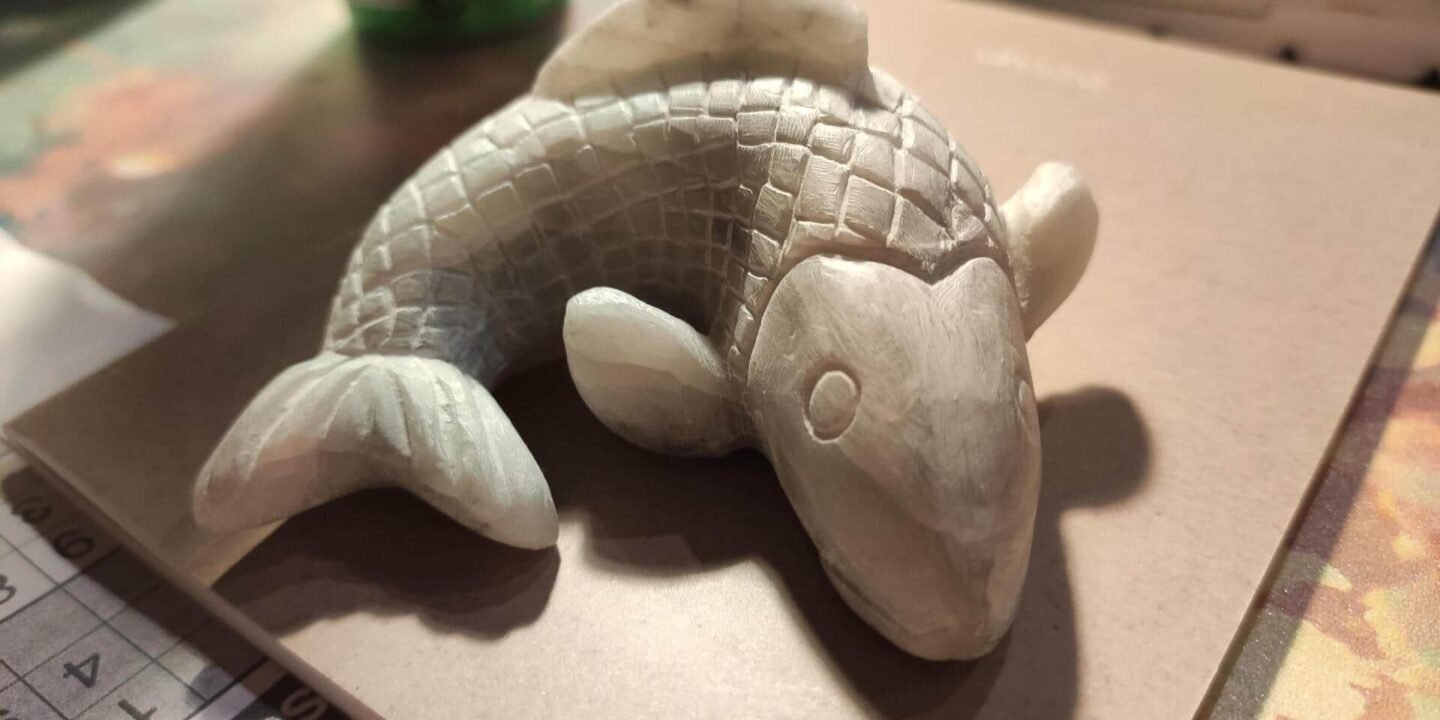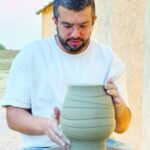

What’s the story
Soapstone sculpting is a fascinating art that has been continuing for centuries.
Artists love working on this soft metamorphic rock because it is easy to carve and gives a smooth finish.
Unlike other hard stones, soapstone allows intricate detailing without any heavy-duty tools.
Its natural colors, from light gray to deep green, offer a range of aesthetics.
Here’s all you need to know about soapstone.
Choosing the right soapstone
Selecting the right piece of soapstone is critical for any sculptor.
The color and texture of the stone can vary widely, impacting both the carving process and the final appearance.
Beginners are usually advised to start small with smaller, easier-to-handle, and cost-effective pieces, which typically cost anywhere between ₹500-₹1,000 a kg depending on quality and origin.
Essential tools for sculpting
A basic set of tools is essential for soapstone sculpting. These would include rasps, files, chisels, and sandpaper in various grits.
Though power tools can expedite the process, most artists prefer hand tools for more control over detail work.
Investing in quality tools can make a huge difference in getting desired results.
Techniques in soapstone carving
In soapstone sculpting, artists usually opt for subtractive or additive methods depending on their style and project requirements.
The subtractive method involves painstakingly removing material from soapstone to bring out the desired form gradually.
The additive method, on the other hand, lets you expand the sculpture by affixing additional soapstone pieces with special stone-made adhesives.
Both methods suit a variety of artistic expressions.
Finishing touches on your sculpture
The finishing process entails sanding your sculpture with finer and finer grits of sandpaper until it is smooth, devoid of tool marks or scratches.
Applying mineral oil or wax enhances color depth, while protecting against moisture damage over time—an essential step in preserving your artwork’s longevity without altering its natural beauty.











